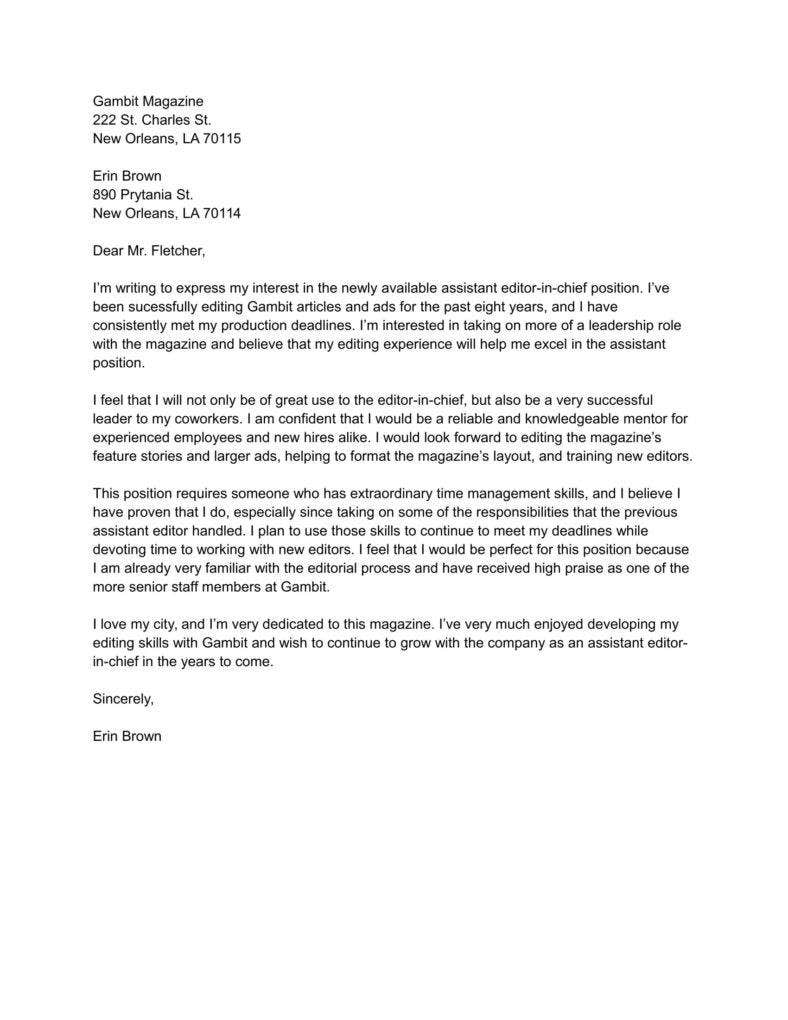
Clear expectations are crucial when setting goals. It makes evaluation more objective, and it reduces the possibility of confusion. It helps employees understand their expectations and work towards them. For example, you might set a goal for your sales rep to schedule two appointments each week. Next, identify the behaviors that will lead to those appointments.
SMART goals can be measured
It is important to clearly define SMART goals and their objectives for employees. They must be precise and include specific goals. Lack of clarity can be a deterrent for SMART goals. Use markers that are easily noticeable in the workplace. An example would be to set a goal for improving efficiency in the office by five percentage. Employees will be motivated to achieve the goal if they have clear goals. They will also be able measure their progress against those goals.
Setting SMART goals requires that you set a timeframe to achieve the goal. Once you have established a timeline you can then assign tasks and tasks to team members. This will allow for you to keep track of workloads and pinpoint potential bottlenecks. Your team will be better equipped to manage their time, avoid overwhelm, reduce stress and focus. A SMART Goal will also help you to identify the resources needed to reach your goal.
Time-bound
It is important to set time-bound goals for employees when goal-setting takes place in the workplace. Setting deadlines and establishing goals with specific deadlines help employees understand their limits and motivate them to take action. Unattainable goals can discourage employees and undermine employee motivation.

They must be quantifiable, achievable, and specific. They should relate to both the company's business goals and the employees' development goals. A team will feel more urgent if the goals are time-bound. Time-bound goals are easier to achieve and less likely will be lost in the face of changing business needs.
Realize your potential
Employee motivation is essential. It is important to set achievable goals for employees. These goals should not only be challenging, but also realistic given the resources available. Importantly, the goals must not only be financial motivated but also have meaning. Employees will be motivated if they can share a vision for the future and foster passion for the company's mission.
You should consider the employee's workload as well as the resources available when setting performance objectives. An 8 percent goal may be too ambitious for salespeople. Their current sales capability might make it impossible to achieve a goal of 8. 8 percent may be too ambitious for someone who is able to achieve a 4% sales increase. If they are new to the company, consider what other employees in their role have achieved in the past.
Relevant
A key component of career advancement and employee development is setting relevant goals. It's crucial to stay competitive in today's market. Employees must keep abreast of the latest developments, best practices, and technical skills. This is no easy task, as most employees are carrying one or more of the pressures of modern life, and personal time and mental bandwidth are diminishing.
The organization's vision and mission should guide the setting of goals for employees. The goal of setting goals for employees can not only motivate them but it can also help the company grow. You could, for example, set goals to increase sales by setting cross-cultural fluency, efficiency or productivity. The goal setting should be relevant to the business's needs.

Managers and employees work together to establish goals
Setting goals can motivate employees and give them feedback. Goals give employees a sense ownership over their work and also help managers to see their employees' performance. Goal setting fosters a positive culture in the workplace and builds trust between managers and employees. Employees who have clear goals are more likely to feel connected to the company's bigger goals. This may result in greater productivity and loyalty.
In order for goals to be successful, both the manager and employee must agree on them and communicate them clearly. The two sides should meet regularly to review the goals once they have been established. They can then clarify their roles and determine new actions to help them reach their shared goals. Managers should also let their staff know that they participate in goal-setting and reinforce them whenever necessary.